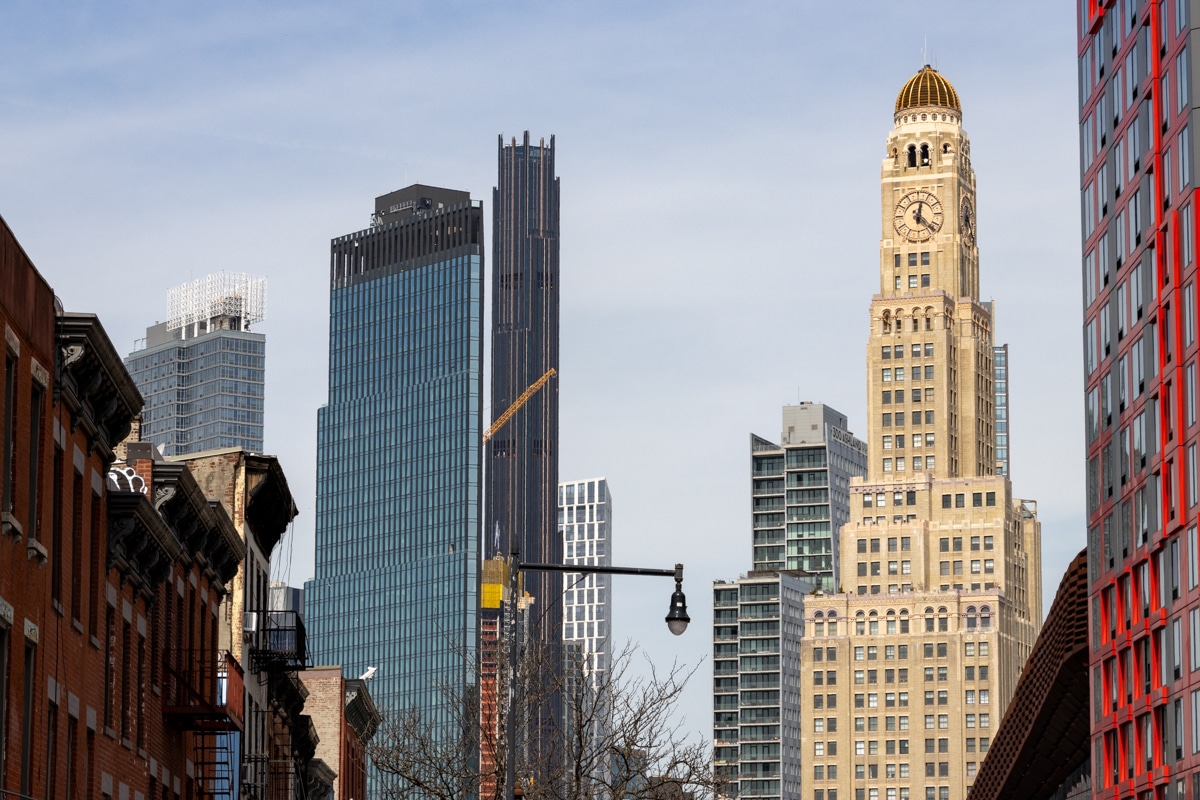Building of the Day: 437 East 18th Street
Brooklyn, one building at a time. Name: Auditorium of Flatbush Tompkins Congregational Church, originally Flatbush Congregational Church Address: 437 East 18th Street Cross Streets: Corner Dorchester Road Neighborhood: Ditmas Park Year Built: 1899 Architectural Style: Shingle Architect: Whitfield & King Other works by architect: Engineer’s Club, Engineering Building, Carnegie garage in Manhattan; several Carnegie libraries…

Brooklyn, one building at a time.
Name: Auditorium of Flatbush Tompkins Congregational Church, originally Flatbush Congregational Church
Address: 437 East 18th Street
Cross Streets: Corner Dorchester Road
Neighborhood: Ditmas Park
Year Built: 1899
Architectural Style: Shingle
Architect: Whitfield & King
Other works by architect: Engineer’s Club, Engineering Building, Carnegie garage in Manhattan; several Carnegie libraries across country; houses in Tuxedo Park, N.Y.; Carnegie Building, Rensselaer Polytechnic Institute, Troy N.Y.
Landmarked: Yes, part of Ditmas Park HD (1981)
The story: The Flatbush Congregational Church was established in September of 1899. Like many budding congregations, they held their first services in a private house, then moved on up to a larger building, which was dedicated on Oct. 14, 1900. In a couple of years, they had outgrown this unique building, which seats 500, and began building a larger church next door, which was dedicated in 1910. That church will be a separate BOTD, as this earlier building is such a gem all on its own, and was designed by a firm with an interesting pedigree, as well as a lot of imagination and talent.
This building is a unique seven-sided auditorium in the Shingle style, with pedimented dormers on each face and diamond-paned windows. The entire building is covered in shingles, broken up only by the white wooden banding that circles the building. The main entrance is a large fan-lighted, Ionic-columned beauty, the whole building evoking New England and America’s Colonial past. The later church next door wisely adds to that Colonial feel, but in an entirely different way.
When the new church was dedicated, this building became the parish house auditorium. It was designed by the firm of Whitfield & King, the partnership of Henry D. Whitfield and Beverly Sedgwick King. They were one of the early 20th century’s well connected Manhattan firms, with offices on Fifth Avenue. They benefited greatly by connections; Henry Whitfield’s sister was married to Andrew Carnegie, so the powerful industrialist was his brother-in-law. Not a bad connection to have. The church seems to have been their first commission as a firm.
Since Andrew Carnegie was the main benefactor of the Engineering Club’s new building near Bryant Park in Manhattan, it shouldn’t have surprised anyone that Whitfield & King beat out much more established firms like Carrere & Hastings for the prize of designing the new club a few years later. Fortunately, both men were talented enough for the task, and the resulting building is today an individual landmark and a handsome building to boot.
This jumpstarted their careers, leading to many other designs, including Carnegie libraries, the Carnegie garage on 90th Street, and several college buildings, mostly financed by Carnegie, including the Carnegie Building at Rensselaer Polytechnic Institute in Troy, N.Y. Most of these buildings all across the country are today landmarked and/or on the National Register. Brother-in-law or not, they were good.
Whitfield and King went their separate ways, and King went on to be better known for his philatelic (stamp collecting) activities more than for his architecture, although he still practiced. His name is one of the greats in that field, cut off only by his untimely death in an accident in Washington, D.C., in 1935 while working for FDR as the deputy administrator of the National Recovery Administration.
Whitfield carried on, designing more buildings for Carnegie causes, with libraries, post offices, university buildings and, in New York City, the 1922 National Collection of Heads and Horns Building for the New York Zoological Park. (Today, it is the Security, Education and National Conservation Office of the Bronx Zoo.) This too was aided by the Carnegie’s connection to the association but became a New York City landmark. Whitfield died in 1949. To think it all started with this Shingle-style beauty in Flatbush, still one of the firm’s best buildings. GMAP













What's Your Take? Leave a Comment